|
Stretching is helpful for more than just daily mobility.  Collagen is the most abundant protein in the body and a major component of bone, muscle, tendons and cartilage. Our collagen levels slowly decline from age 25, muscle fibres reduce in number and size, muscle tissue is replaced more slowly and is replaced with a tough, fibrous tissue. Our connective tissue has more trouble getting oxygen and nutrients and removing carbon dioxide and other wastes, so dries out and glides less effectively. Studies consistently show that stretching increases collagen production and a dedicated stretching routine improves your flexibility makes you more mobile, agile, responsive, and susceptible to less pain and injury. There are also broader benefits in reducing inflammation and even the production of tumours. Animal studies showed that gentle daily stretching for 10 minutes resulted in tumour volume 52% smaller compared with a control group. Stretching is a gentle, non-pharmacological intervention that could become an important component of cancer treatment and prevention. https://www.nature.com/articles/s41598-018-26198-7
0 Comments
Research has proven that focusing on the timing and pace of our breath has positive effects on our body and mind. Specific areas of the brain linked to emotion, attention and body awareness are activated when we pay attention to our breath. When we breath rapidly, activity increases in areas of the brain like the amygdala, which can trigger anxiety, anger, or fear. And the reverse occurs - when we slow our breath, our nervous system settles down and fear and anxiety are reduced. It’s difficult to relax if you’re breathing rapidly as you recruit accessory muscles of respiration (scalene, pectorals, etc.) which heightens the sympathetic nervous system (the fight/flight response) and affects the way the muscles respond. Paced breathing (consciously inhaling and exhaling according to a set rhythm such as inhaling for four counts, exhaling for six) can activate the insula which regulates the autonomic nervous system and is linked to body awareness. Deep breathing while we stretch enhances the experience, helping you relax into the stretch. It also increases circulation, working your organs and blood vessels and moving refreshed blood throughout the body.
Inhaling reduces intra-thoracic pressure, bringing more blood back to the heart making it pump more. On exhaling, intra-thoracic pressure is increased which slows blood return, relaxes the diaphragm and slows the heart rate. That's why exhaling is the best time to go deeper into a stretch. On one of my favourite TV shows Old People’s Home for Teenagers (Tuesday nights ABC or iview), they conducted a ‘behaviour stretch intervention’, where the ‘old people’ and teenagers were placed in a series of concentric circles. Each circle represents one of 3 zones characterizing our unique range of growth potential in various areas of our lives:
Studies have shown that by engaging in an activity at the edge of our comfort zone and realizing that it's achievable gives us confidence in our ability to thrive in challenging circumstances, which boosts satisfaction and makes us happier and healthier! 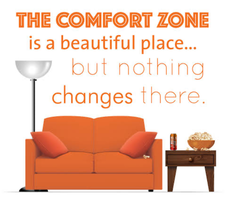 The Comfort Zone is where we feel comfortable, safe and secure. We have a sense of familiarity, routine and control but it can be limiting because we're not exploring new opportunities, taking risks or growing as an individual, which makes us bored and complacent.  The Stretch Zone is where we're challenged and pushed to try new things, take risks and step outside of our routines. Here we experience most personal growth and development, build confidence, self-esteem and self-efficacy, The stronger we believe we can do something, the more we'll invest in completing it and the more persistent we'll be 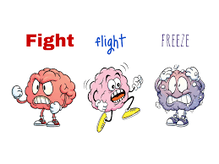 The Panic Zone is where we feel out of our depth, overwhelmed and unable to cope. Anxiety, stress, and fear take over, we're not able to function effectively, and can go into Fight, Flight or Freeze mode, not a healthy or productive place to be. Understanding the three zones can help us reach our full potential. Aim to spend time regularly in your Stretch Zone, challenge yourself and grow as an individual. Assisted stretching helps you to step outside of your comfort zone in a controlled and safe way to support you to achieve more.
Passive stretching of calves significantly improves ankle range of motion, balance, jumping, control and agility.Like most professional athletes, the Matildas use dynamic stretches, (swinging their limbs around, bending, lunging etc) to warm up, as well as longer hold, passive stretches after training and games. Passive stretching is when you stay in one position and relax your body while a partner, prop or even another limb intensifies the stretch by putting external pressure on your body. Recent research on 'The Effects on Flexibility in Amateur Female Soccer Players' 2023 involving a comparison of those who only did dynamic stretches, those who also did passive stretches and a control group (no stretches) showed those who did long hold stretching with 3 sessions per week for 4 weeks significantly improved their ankle ROM (range of motion), drop jump performance and running agility. So make sure you regularly do long hold stretches with assistance (whether that's from a stretch therapist or a prop of some kind) to improve your flexibility. In terms of timing, make sure you stretch ideally after some exercise or most importantly, not before any strenuous exercise as it can impede performance and increase risk of injury. These are two great calf stretches that target both the lower and upper calf: Standing Calf Stretch – Gastrocnemius: Stand arm’s length from a wall and place one foot forward, keeping both feet flat on the ground. Lean forward towards the wall until you feel a stretch in the calf of your back leg. Then to activate the fascia, push your foot of the straight leg into the ground and towards the wall several times. Kneeling Calf Stretch – Soleus: Kneel down and place the knee that's on the ground beside your foot, keeping your other foot flat and heel down. Then lean over your knee without lifting your heel. Then to activate the fascia push your flat foot down into the ground and behind you.
Our body is a wondrously complex system of tension, integrity and compensation. Rather than being 600 independent muscles, it is one big net with 600 holes - pull on one hole and the entire net becomes warped.
Connective tissue (fascia) surrounds and penetrates everything and it has many diverse responsibilities in the body, playing a critical role in wound healing, aiding the immune system, helping secrete hormones and reserving energy. It cushions our organs, regulates inflammation and helps defend against infection. So it's quite important! Fascia is very plastic, able to mold, shape and shift. It gives our brains a very clear understanding of the outside environment, sensing and responding to pressure, vibration, force or deformation and immediately makes the calibrations it needs to balance the structure of our bodies. Because of the fascial net, tension is held globally, but expressed locally. This means that when you ‘spot treat’ the body, such as addressing knee alone, the result is only temporary and if unresolved it has down stream effects. A knee problem that persists for a few days can become a back problem and a longer term whole-body problem. The source of many types of knee pain can be found in other parts of the body. A great deal of knee pain originates in tight hip flexors and the quadraceps. The Tensor Fasciae Latae (TFL) works in synergy with the glutes and when tight can create pain on the outside of the knee and thigh. The hamstrings also are a major player in providing stability for the knee and when tight, will pull on the fascia of the front of the knee. The adductors are huge knee stabilizers and when short and tight can refer pain into the knee. The IT band’s job is to extend, abduct and laterally rotate the hip and contributes to lateral knee stabilization. Back of the knee pain can be due to tight glutes which put pressure on and shorten the hamstring producing a pulling or pinching sensation on the back of the knee. These are all examples of when the pain in the knee is the symptom, not the problem. Surgery should be a last resort and turned to only when the issue is structural not muscular, of course anything that is torn will need surgical intervention. Stretching and using a massage gun, ball or foam roller on these tight muscles will help to treat the source of a great deal of knee pain and avoid problems in the future. The psoas major connects the spine to the legs and impacts our posture, movement, balance and stability. The psoas minor works with it to connect our pelvis to the spine.
Together they are part of a larger group of muscles that includes the iliacus, the deepest hip flexor which when tight can tilt the pelvis forward and accentuate the curve in the spine. The psoas also has another important role: as a shelf supporting internal organs and pelvic floor. Contraction of the psoas can stimulate and massage the intestines, kidneys, liver, spleen, pancreas, bladder, stomach and reproductive organs. The aorta lies in a similar path to it so circulation and rhythms are affected by the psoas and it joins the diaphragm, our major breathing muscle, at the solar plexus which houses a nerve network. It’s even believed that a chronically tightened psoas continually signals your body that you’re in danger, eventually exhausting the adrenal glands and depleting the immune system. So the psoas affects the whole person! When we spend a lot of time sitting, the psoas is shortened and needs to lengthen and open to counteract sitting hip flexion. Emotional responses, which are impulses from the central nervous system, contribute to muscle tension and affect the psoas. When it's stretched and released, emotions like fear and anxiety can surface and let go, restoring the balance we need to function healthily. Many of the stretches we do during an assisted stretch session actually engage and stimulate as well as stretch the iliopsoas and the psoas muscles. Not only the hip flexor stretch but the hip opener, glute stretch, quad stretch, spinal twists, forward bends, even the hamstring stretches work on this integral group of muscles. That’s why you feel so different after a stretch both emotionally and physically. Constant pain in the body can be due to muscles being under continuous tension.
Muscles are designed to do one thing - to contract, or grow shorter - which occurs when the muscle receives an electrochemical signal from the central nervous system. When the signal stops, the contraction stops and the muscle relaxes back to its original length. Or it should do. The problem is that many of us do not fully relax the back muscles to their full length once a movement (contraction) has finished. The muscles remain 10, 20 or even 40% contracted and we continue to burn energy doing so. This is chronic muscular tension. At 10% tension the muscle will always feel tired and firm At 20% the muscle will feel tired, very firm and sore At 40% it will feel tired, hard and quite painful This can often feel like weakness because it’s difficult to move freely, but the muscles are actually quite strong, but also overworked from contracting all the time. This muscular stiffness, limited movement, tiredness and pain are often misinterpreted as the effects of ‘old age’. But in fact they are a reaction to stressful and traumatic events causing us to stay in ‘fight flight mode’ rather than being able to shift into parasympathetic state, where the body does it’s best resting, digesting and normal day to day functioning. The good news is these muscular reactions to stress can be overcome through stretching and using the PNF (contract and release) technique to fully relax the muscles. 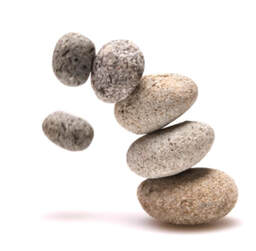 Many of us feel out of balance. Like you lean to the side or one hip or shoulder sits higher than the other. One of the reasons for this is that an automatic nervous system response is triggered when one side of your body is injured or is in pain. There are flexor muscles that contract to pull the injured or painful area away from the pain. Then the extensor muscles are activated on the other side of the body to balance your weight and stop you from falling over. The problem is that whilst this process is great when you are experiencing acute pain or injury, when the healing process is very slow and we start to have chronic pain, we can develop permanent, habitual motor patterns that cause misalignment, defective movement and even further pain! Interestingly, these patterns are further reinforced because of the intense emotional state that we are in during and after an injury. Just like we never forget something like our first kiss, the strong emotional reaction we have when we’re injured leaves an indelible imprint of that pattern of muscle contraction. These patterns can contribute to the many issues we experience like sciatica, hip and knee pain, frozen shoulder, bursitis and carpal tunnel syndrome. Assisted stretching can help to even out these imbalances by breaking down the build up of dense tissue around the affected areas and helping you become more intune with your movement patterns. Source: Sarah Warren The Pain Relief Secret What is the PNF technique and why is it the most effective way to improve your flexibility?28/4/2022 PNF stretching is an advanced form of flexibility training that involves contracting and stretching muscles. The technique was originally developed in the clinical rehabilitative environment, and then moved into professional athlete and mainstream training because it is so effective. In addition to stretching, PNF also improves muscular strength, helps prevent knots and realigns muscle fibers and connective tissue.
In PNF, the therapist stretches the muscle to its comfortable end range and then the client resists (or pushes out of the stretch), for approximately 5 to 10 seconds, then relaxes as the therapist stretches the muscle a bit further, repeating 3-5 times and then holding ideally for 30 seconds or more. PNF stretching works by fooling the nervous system into relaxing the myotactic, (or stretch) reflex, which is the unconscious contraction that happens when we go into a stretch. The stretch reflex is a protective mechanism, designed to prevent straining and tearing muscles and tendons by exciting the muscle spindle to contract the muscle and protect it from being stretched beyond a normal range of motion. The muscle spindles are located within the belly of the muscle, between and parallel to the main muscle fibers, and are made up of spiral threads called intrafusal fibers, and nerve endings, encased within a connective tissue sheath. These spindles monitor the speed at which a muscle is lengthened and if stretched too far or too quickly, activate the stretch reflex. So whilst you think you are at your limit, by resisting, you tell the stretch reflex, "Hey, don’t panic, man! The muscle is already contracting, no sense in overdoing it", the muscle stops resisting and you magically go further. It is truly amazing! Our ever growing understanding of anatomy highlights the importance of connective tissue that gives our bodies’ structure and provides an environment for us to operate in an integrated manner.
Often we are immobilised in some way and through stretching the muscles, joint capsules and fascia network using the PNF technique of contacting, resisting and relaxing, the tendency to hold back and over protect is released, we open and expand the body and breakdown excess tissue creating real change in your movement and level of discomfort.
That's why it's great to include assisted stretching in your flexibility training! re to edit. |
MargieI'm Margie, the owner of A Good Stretch. I love helping you feel good! Archives
April 2024
Categories |
Photo from shixart1985


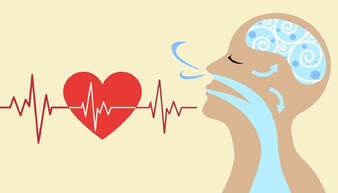
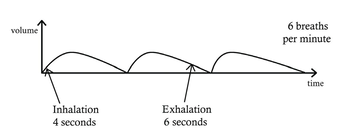
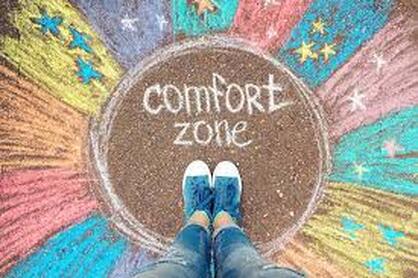
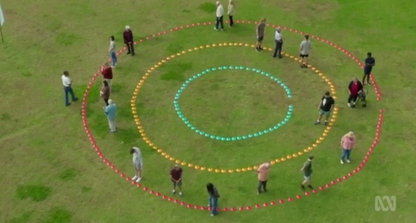
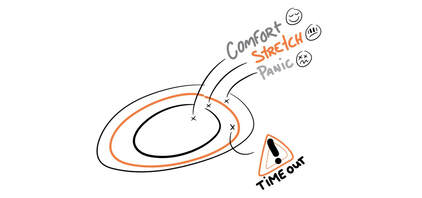

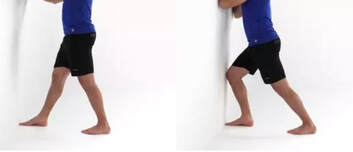
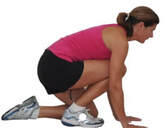
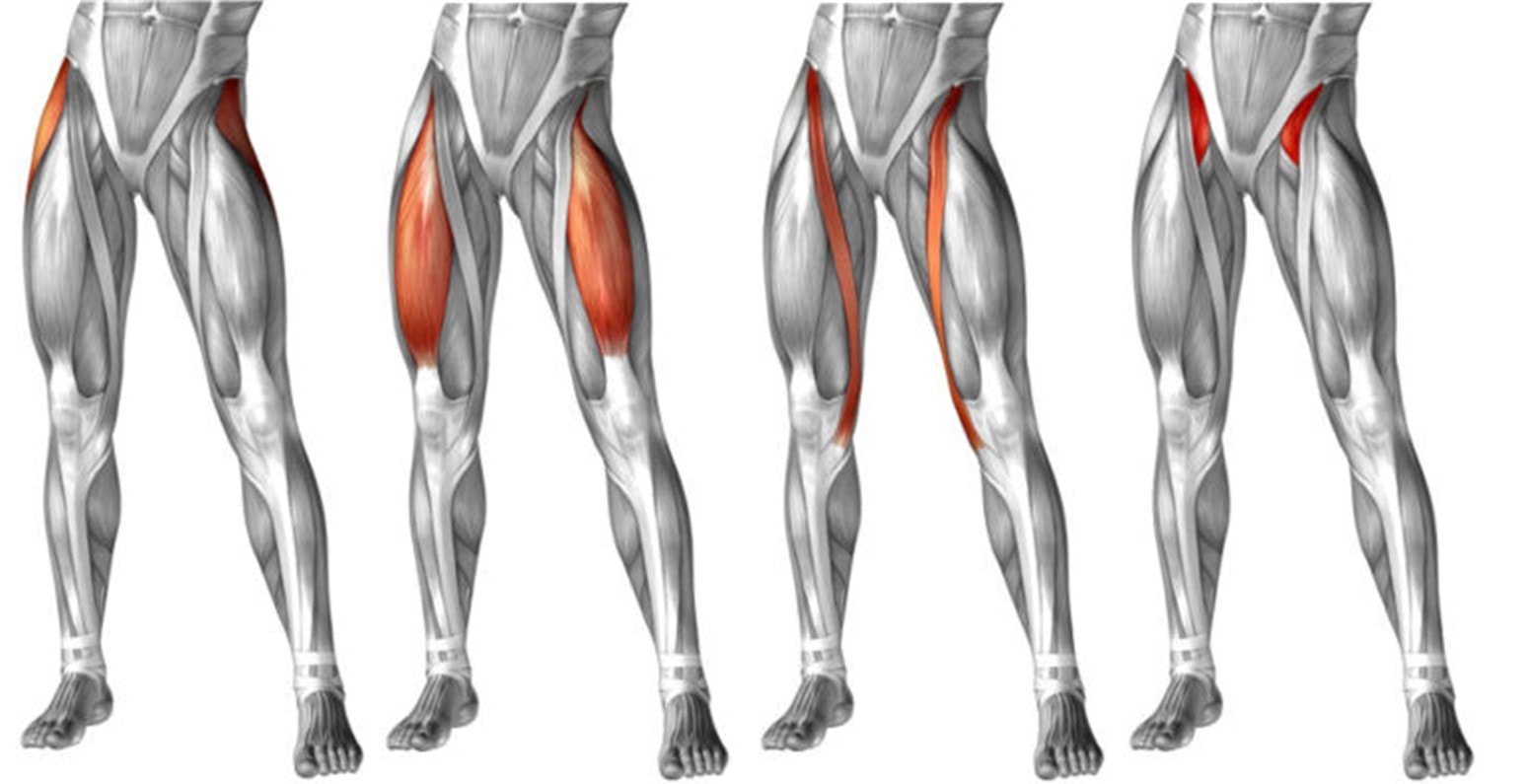
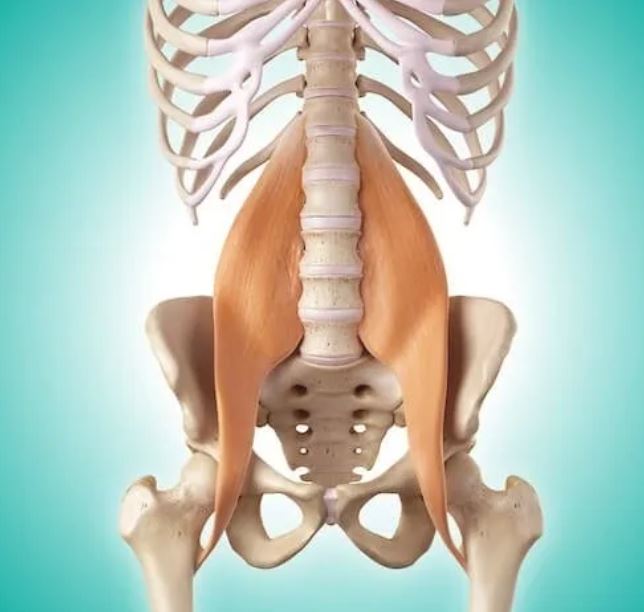
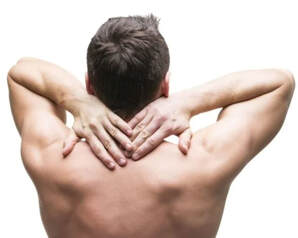
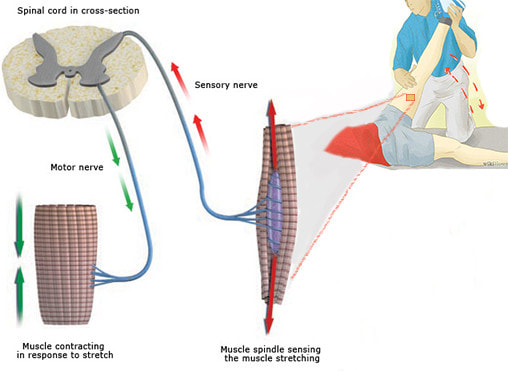
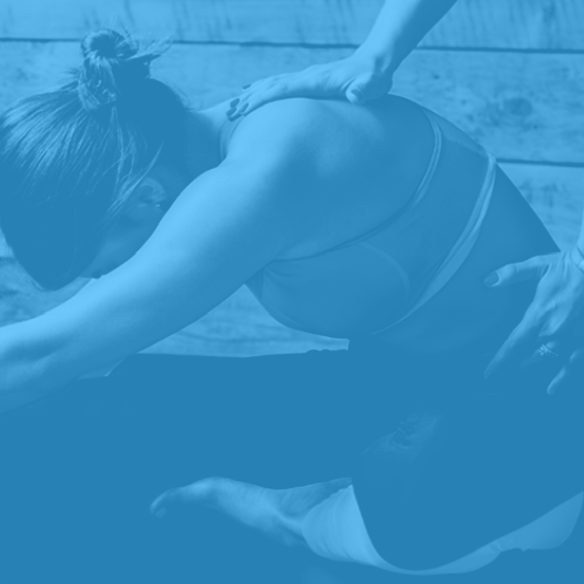
 RSS Feed
RSS Feed
